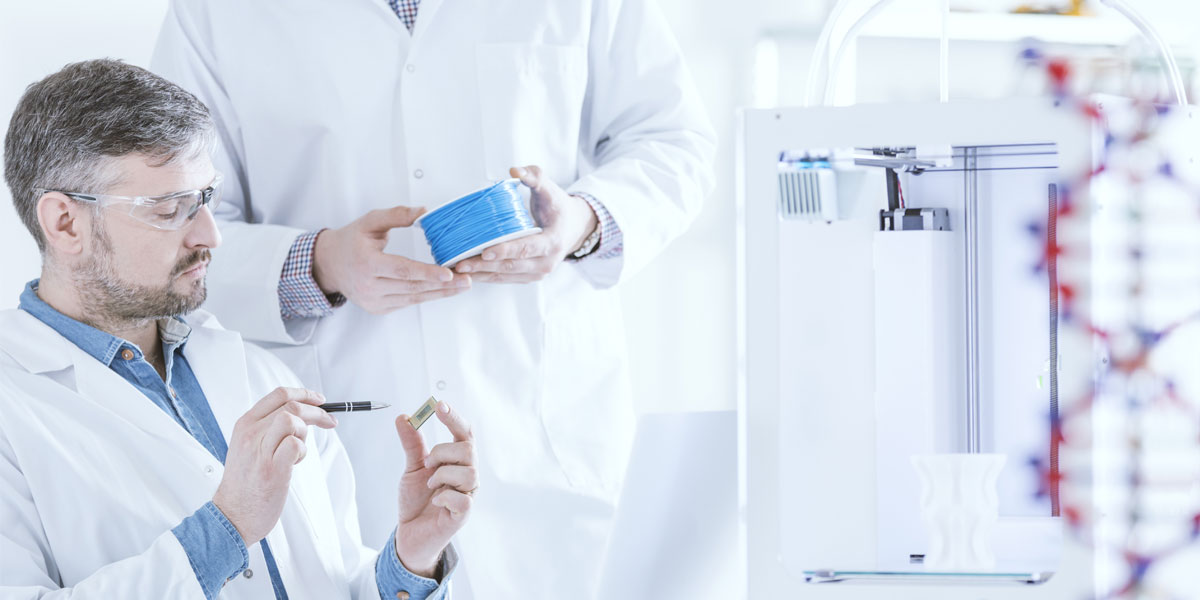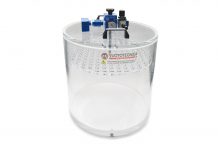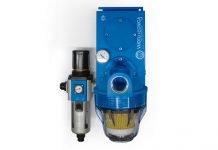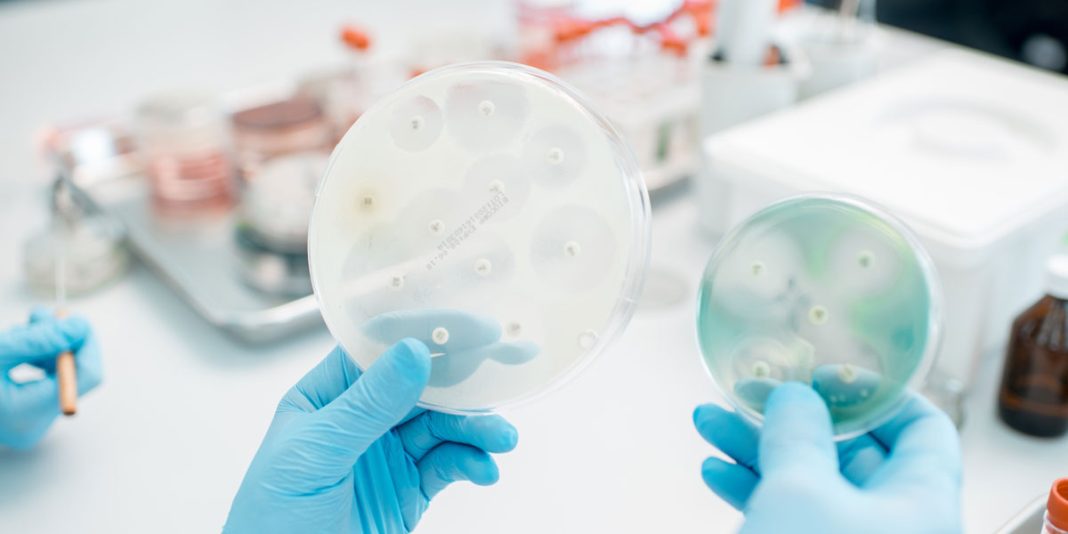Regenerative medicine is experiencing a revolution, particularly in bioengineering and the creation of artificial organs: in the coming years, the way we treat diseases and injuries could change dramatically.
In fact, it is already happening. Through biofabrication, tissue engineering aims to create biological tissues that can be used to repair or replace damaged ones, using 3D printing techniques and vacuum technology.
In organ printing, cells are deposited layer by layer to build complex structures, and a vacuum is used to maintain the sterile and controlled conditions necessary for cell growth and manipulation, as well as to remove air bubbles from surfaces.

This is an extremely important application: tissues must necessarily be uniform and free of contaminants to ensure compatibility with the human body. And vacuum is the most suitable technology to promote these conditions.
Researchers at the Wake Forest Institute for Regenerative Medicine already created functional models of kidneys and livers, replacement tissues for head and facial injuries, and structures of the outer ear, such as the auricle and lobe (also a better solution from an aesthetic point of view than traditional ear prostheses).
The aim of the new medicine is to drastically reduce the need for donors while improving patients’ quality of life and the impact of the entire medical sector.
Learn more about Vuototecnica’s solutions in the laboratory and medical fields: www.vuototecnica.net






































